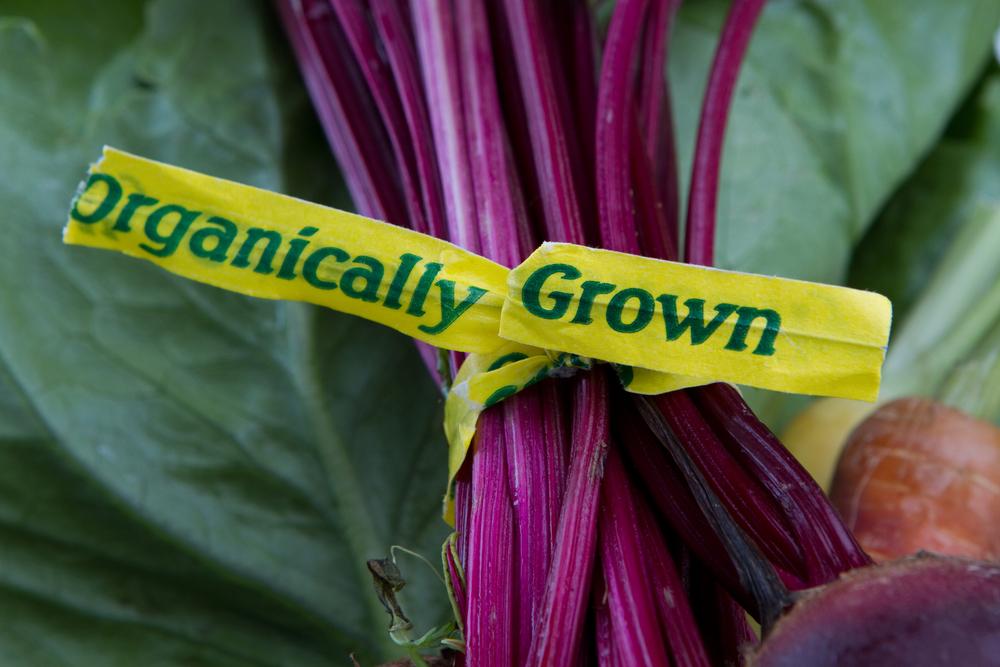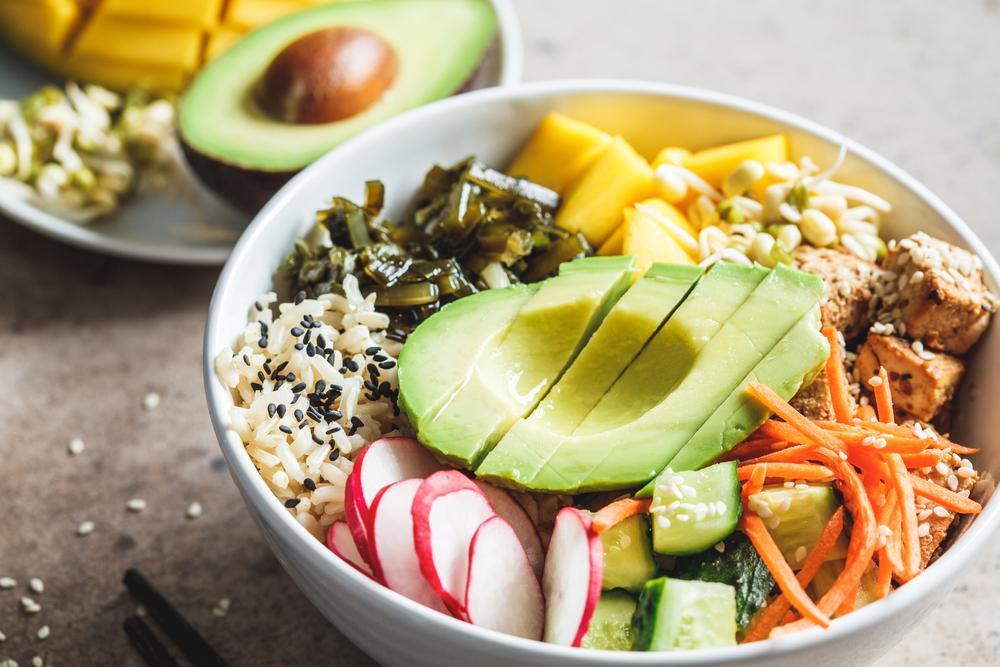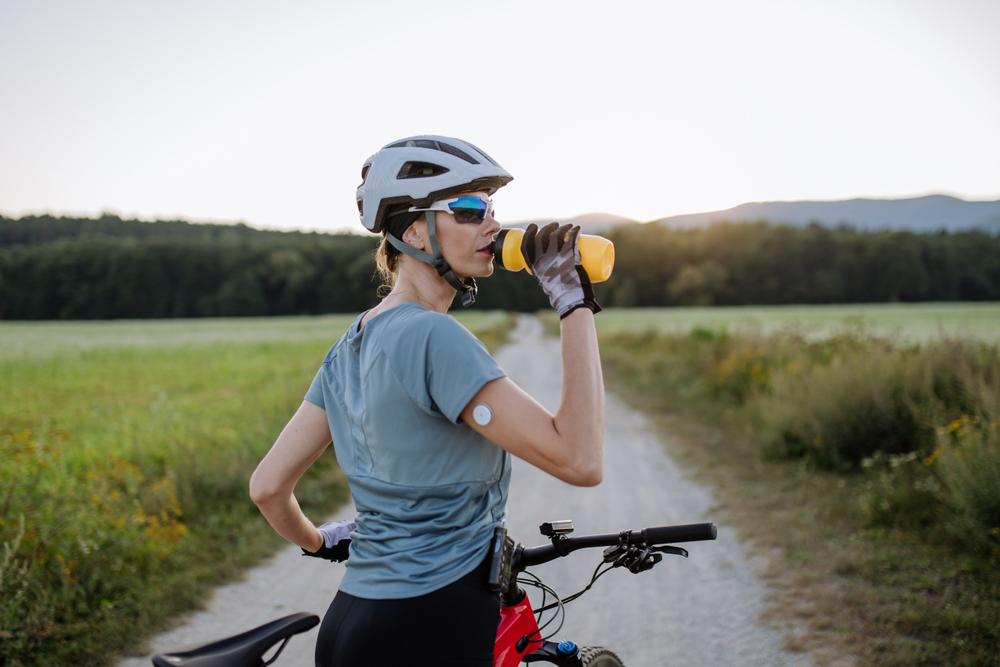It can be hard to make meals that are healthy and satisfying for athletes with certain food restrictions. But with a bit of prep and pre-planning, you can easily have snacks and meals on hand that are soy, dairy, and gluten-free.
TrueSport Expert Kristen Ziesmer, a registered dietitian and the owner of Elite Nutrition and Performance, has a few easy recipes to try.
Coconut Yogurt Parfait
Layer yogurt-berries-granola-yogurt-berries-granola into a bowl or glass for breakfast, or into a container for your athlete to bring to school for a quick lunch.
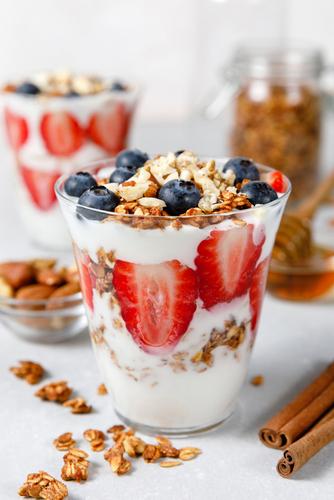 Coconut yogurt is a great option for athletes who can’t eat dairy, but if your athlete isn’t restricted to dairy-free options, Greek yogurt is a great source of protein. In general, avoid yogurts that are packed with added sugars. Ideally, get a plain yogurt that’s unflavored, then add your own sweetener with a bit of honey or maple syrup and a splash of vanilla extract.
Coconut yogurt is a great option for athletes who can’t eat dairy, but if your athlete isn’t restricted to dairy-free options, Greek yogurt is a great source of protein. In general, avoid yogurts that are packed with added sugars. Ideally, get a plain yogurt that’s unflavored, then add your own sweetener with a bit of honey or maple syrup and a splash of vanilla extract.
Berries: Let your athlete choose their favorite berries. Blueberries, raspberries, and sliced strawberries tend to be the heavy favorites in parfaits, but if your athlete prefers chunks of kiwi instead, go for it! An easy option for busy parents is to buy frozen mixed berries, then prep the parfait the day before, so the berries have time to defrost in the fridge. Frozen berries can actually be better because the juices tend to run more and blend the whole parfait together.
Granola: To add more satiating carbohydrates and satisfying crunch, you can buy gluten-free granola, or easily make homemade gluten-free granola with under 10 minutes of prep. If you do want to make your own, preheat the oven to 250 degrees. In a bowl, combine gluten-free oats with a drizzle of maple syrup, a sprinkle of cinnamon, a dash of salt, and any chopped nuts that your athlete enjoys. Mix together until the oats stick together with that maple syrup. Spread the mixture thinly out on parchment paper, then cook for 3 to 5 minutes until the granola is dry and can easily be pushed around the pan. After baking, you can add in any dried fruit that your athlete enjoys too. You can do this once a week and have tasty homemade granola for days!
Even easier: Forget making granola, and instead just cook up some gluten-free instant oatmeal with a splash of almond milk, a spoonful of peanut butter, a sliced-up banana, some mixed berries, and a dash of maple syrup.
Build-Your-Own Rice Bowl
For lunches, rather than trying to recreate a grilled cheese sandwich for your gluten or dairy-free athlete, why not opt for something that’s easier to meal prep once a week, and doesn’t require any substitutions? Rice bowls are perfect for parents making lunches for multiple kids, since they can be made in bulk and stored in the fridge for a few days, and they’re easy to tailor to picky tastes. They’re also a fun meal to meal-prep on a weekend, since you can get your kids involved in the process. Have them help prep the ingredients, then build their own bowls.
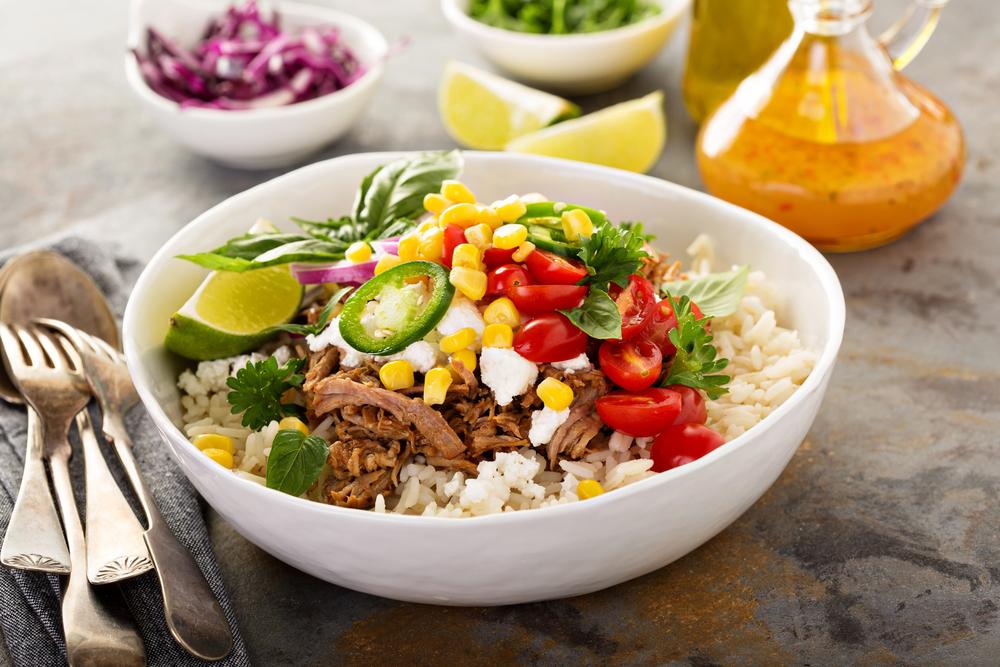 Start with a base of brown or multigrain rice for a complex carbohydrate that will leave them feeling full throughout the day.
Start with a base of brown or multigrain rice for a complex carbohydrate that will leave them feeling full throughout the day.
Add your protein: this could be beans, grilled chicken, canned salmon, or tuna—whatever protein your athlete enjoys.
Add vegetables: opt for fresh or sautéed vegetables. Peppers and onions that are quickly sautéed make a great fajita-style bowl, while spinach, arugula, and romaine can add a nice crunch. Cucumbers, tomatoes, and bell peppers are also nice additions.
Add crunch, zest, and fun: Some fun topping ideas can include chopped nuts, crushed tortilla chips, avocado slices or guacamole, pickled jalapeños, and cheese or vegan cheese.
Make your side dressing: A small container with salsa or their topping of choice can be stored separately to prevent everything from becoming soggy.
A few simple dinner ideas
Sometimes, thinking about cooking gluten and dairy-free for dinner can feel overwhelming, but really, it doesn’t have to be. Most meals can easily be tweaked to avoid gluten, soy, and dairy if you’re cooking at home. In fact, a gluten-free athlete in the house can actually be a benefit because it forces you to get a bit more creative with vegetables and alternatives to bread and pasta. Ziesmer recommends:
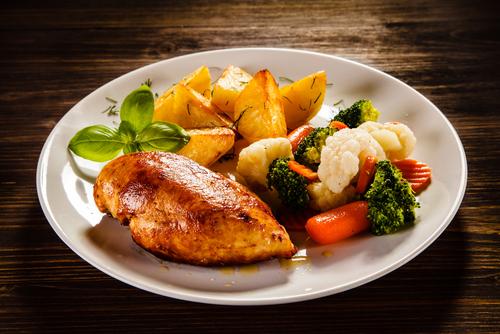 Grilled chicken with plain Italian seasoning and salt and pepper with roasted broccoli and a baked potato (the potato and broccoli can be chopped, sprinkled with olive oil, and wrapped in foil, then tossed on the grill for a meal that requires almost no cleanup)
Grilled chicken with plain Italian seasoning and salt and pepper with roasted broccoli and a baked potato (the potato and broccoli can be chopped, sprinkled with olive oil, and wrapped in foil, then tossed on the grill for a meal that requires almost no cleanup)- Gluten-free spaghetti with meat sauce (just hold the parmesan!)
- Breakfast for dinner with a veggie scramble. First, chop up a potato or sweet potato and put into a covered pan on medium with some olive oil and a bit of water to create steam for faster cooking. Then, chop up the veggies that are wilting away in your fridge—things like peppers, spinach, onions, zucchini—and once the potatoes have started to soften up, add the veggies to the pan. Once the vegetables are soft and wilted, crack eggs over top and scramble as needed. You don’t need milk to make a great scramble! Scoop onto plates and season with salt, pepper, and maybe a bit of chili or oregano for a small kick.
____________________
Takeaway
Rather than constantly trying to replace dairy, soy, and gluten with processed options like vegan cheese or gluten-free pasta, opt for simple whole foods and meals that skip those ingredients altogether when possible. Making your own allergen-free options, like a gluten-free granola, not only avoids added sugars and processing, it also allows you to create combinations that your athlete will love. And it doesn’t have to take much time!

